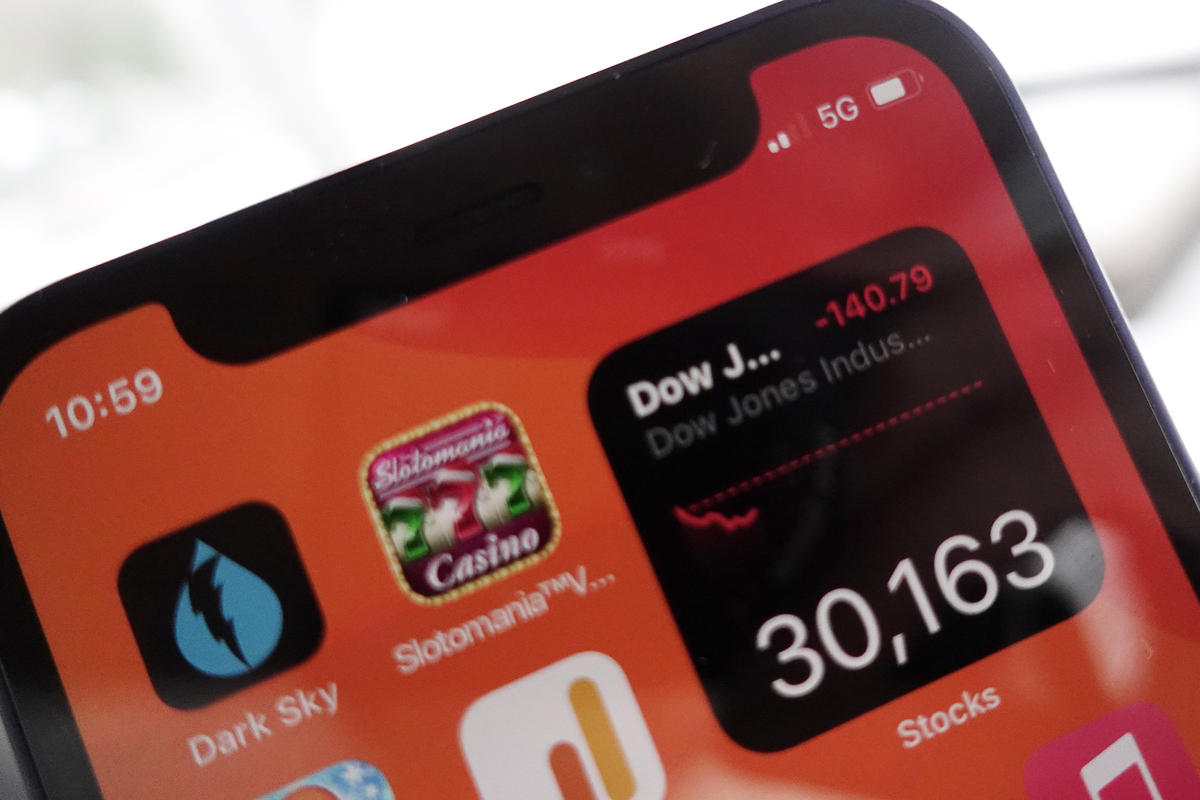
Apple plans an all-5G iPhone range, but not until ’22

Apple’s first 5G iPhones are available now, but most users don’t yet really feel the benefit, given that network infrastructure and services are still being rolled out. But you can expect adoption on both fronts to accelerate into 2022.
Good news, bad news
Let’s get to the bad new first: If a report on Nikkei is to true, Apple won’t introduce an all-5G iPhone range until 2022, when it is expected to also introduce an A15-powered iPhone SE with 5G, but no iPhone mini. The current iPad Pro range also features 5G, but we have no info on any plans to extend this to other models.
The good news is that Apple’s decision to field 5G across all iPhones starting next year suggests the company expects the standard to be more widely available across every market by then. This makes sense and sits broadly in line with expectations, which have always anticipated the standard seeing significant deployment and use into 2023 and beyond.
It also suggests that the faster 5G+ and 5Guw standards will see wider deployment in additional regions.
What’s not in the news?
What’s not in the news is Qualcomm. We know Apple had a dispute with Qualcomm that it eventually settled in 2019. We also know Apple acquired the modem development unit of Intel to continue to try to build its own 5G modems. And we know that Apple reached a multi-year chipset supply deal with Qualcomm, timed to take the two forward to 2025.
We’ve also heard that Apple has always wanted to pack iPhones with its own self-developed 5G radios, though we don’t know how possible this is turning out to be.
We did hear from analyst Ming-Chi Kuo recently, who claimed Apple plans to adopt its own custom-designed 5G chips starting with the 2023 iPhones “at the earliest,” which means every iPhone will continue using Qualcomm chips until then. An analyst at Barclays had previously predicted a 2023 introduction.
We think these Apple 5G chips will benefit from the usual tight integration between hardware and software the company is so proud of. That may mean better battery life, network stability, and more consistent 5G performance on Apple devices.
It’s more than chips
There’s more to this than chips. Apple’s plans essentially advance adoption of 5G, which should provide a new raft of opportunity for enterprises and service providers.
Network slicing, SD-WAN and the evolution of private 5G network provision will expand, meaning some businesses will be better able to realize the benefits of mobile broadband when it comes to IoT, management, and cloud-based business services.
In consumer markets, realities such as lossless Apple Music and high-resolution movies and gaming experiences will be better realized, while the company will certainly explore use of 5G to support next-generation services and devices, including Apple Car.
Most enterprises with digital services to sell (B2C or B2B) should already be exploring how they can exploit 5G, though at present the addressable market is pretty small.
The inconvenient truth is that even in 2021, Gartner expects just one in three handsets sold will have 5G, and while that’s still an addressable market on a global basis of millions, deployment and coverage remains inconsistent at this time. And Apple already sells the most 5G devices.
“The combination of delayed smartphone replacements and the availability of lower end 5G smartphones are poised to increase smartphone sales in 2021,” said Anshul Gupta, senior research director at Gartner.
The scenario changes at the end of 2021. By then, Gartner data shows, the number of 5G smartphones sold will exceed 750 million globally (16.7 million in 2019, 213 million in 2020 and 538 million in 2021). In other words, by the end of 2021, around 10% of the global population will own a 5G smartphone.
That’s when things should become exciting, as that is more than a large enough number of people to justify sizeable investments in next-generation services. And, of course, as services come on stream in 2022 and beyond, this will put air under the wings of 5G smartphone sales into the mass market — just in time for Apple’s all-5G iPhone range.
It will take many years but it seems likely Apple will own some of the FRAND patents that will be required for 6G, which may carry power as well as signal.
If you thought losing the headphone port was brave, just wait to see how thin these things become without a power socket.
Please follow me on Twitter, or join me in the AppleHolic’s bar & grill and Apple Discussions groups on MeWe.
